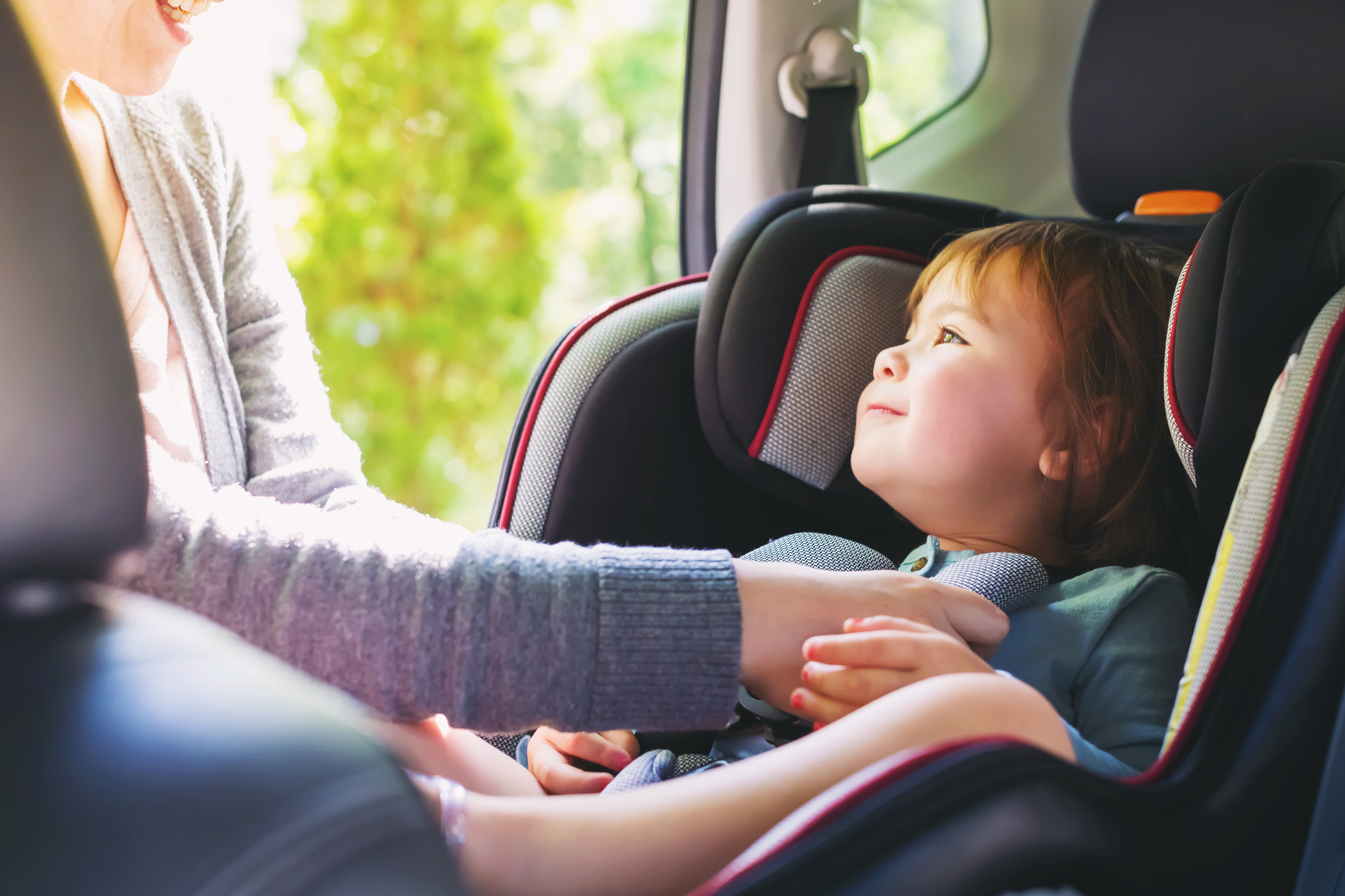According to the National Highway Traffic Safety Administration, the right kind of child car seat reduces the chance of a child dying in 71 percent of car crashes.
This car seat buying guide will help you make sure you get the right car seat. There is a lot to know about car seats. From type to features and more, having the right information helps you make the best decision.
Read on to learn about 5 tips when buying a car seat.
1. Choose a Type
There are three basic types of car seats to consider. Your options are rear-facing, forward-facing, or booster.
Rear-facing car seats are designed for infants up to 40 pounds. They sit at a semi-reclined angle and face the back of your car.
Forward-facing seats are for children that have outgrown the infant, or rear-facing seat. These seats have a harness and tether restraint system.
A booster seat is designed to raise a child up so that the standard seatbelt in the back of the car will work. These seats don’t have harnesses to keep them in place. Children who have outgrown the forward-facing seat should use a booster seat.
2. Get a Convertible
Because seats must be suitable for a child’s size, you either have to buy a new seat as your child outgrows the previous one or you can go for a convertible. Convertible car seats start life as a rear-facing seat for an infant. Then, when your child gets too big for that, you can switch the seat around to be a forward-facing one.
You’ll save money if you buy a convertible because you’ll need a forward-facing seat within the first 2 years depending on how quickly your child grows. The one negative of a convertible is that you can’t lift them out of the car to carry your infant in.
And remember, a car seat isn’t just for infants, either. Kids under 8 are required to be in a car seat by law.
3. Look for These Features
When on the hunt for a suitable car seat for you kid, here are some of the features that you’ll want to look out for:
- A 5-point harness with two shoulder straps, a strap between the legs, and two waist straps
- Side-impact protection for extra padding at the head level
- A LATCH system that fits your car’s interior without using seatbelts
These three features are essential for enhancing safety.
4. Don’t Buy Used
One of the most important aspects of this car seat buying guide is that we recommend always buying new. That way you’ll know you’re getting a safe, secure car seat for your child.
All car seats have to meet safety standards set by the Juvenile Products Manufacturing Association. If you buy new you know this is the case. If you buy a used one you can’t be absolutely certain.
5. Register Your Seat
Finally, when you’ve made your purchase, you should register it. Every new car seat comes with a registration card. Don’t throw it away, fill it out, and send it in!
This tip is on this car seat buying guide because it means the manufacturer will notify you of any product recall. Getting a recall notice is worth the time and effort because it means your car seat will always be safe and protect your child.
You’re Now in the Know With This Car Seat Buying Guide
With this useful car seat buying guide, you have the information you need to make the best purchase in your price range and for your child.
Buy new and get a seat that fits. Make sure it has the required features for your child and vehicle.
We’ve got plenty of other handy safety tips on our website so check it out to see what else you should be in the know on.

